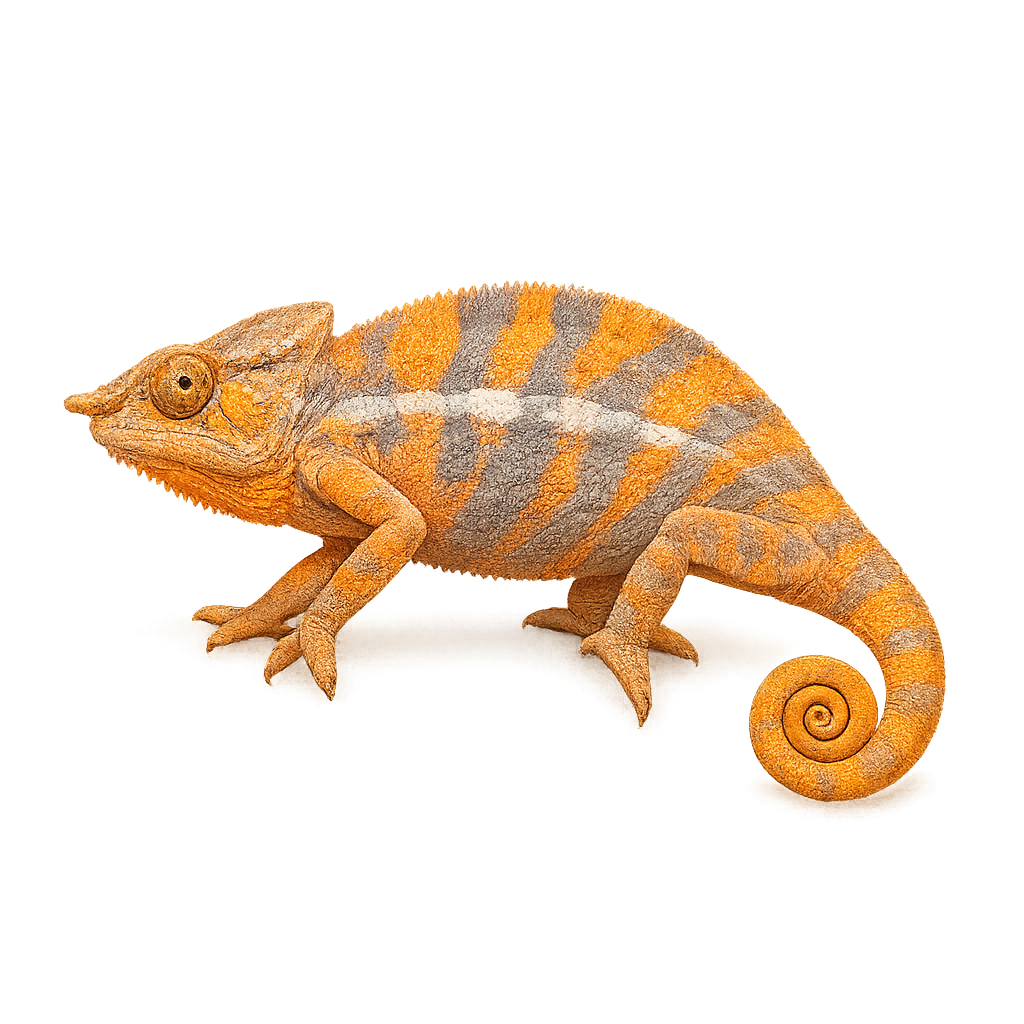Your wildlife photography guide.
Explore the angel's chameleon in detail, study its behavior, prepare your shots.
Where to observe and photograph the angel's chameleon in the wild
Learn where and when to spot the angel's chameleon in the wild, how to identify the species based on distinctive features, and what natural environments it inhabits. The WildlifePhotographer app offers tailored photography tips that reflect the angel's chameleon’s behavior, helping you capture better wildlife images. Explore the full species profile for key information including description, habitat, active periods, and approach techniques.
Angel's Chameleon
Scientific name: Furcifer angeli

IUCN Status: Vulnerable
Family: CHAMAELEONIDAE
Group: Reptiles
Sensitivity to human approach: Suspicious
Minimum approach distance: 3 m
Reproduction period: October to December
Incubation: 60–90 jours
Births: January to February
Habitat:
Humid tropical forests, shrublands, savannas
Activity period :
Active during the day when temperatures are favorable, often seen basking in the sun.
Identification and description:
The Angel's Chameleon, Furcifer angeli, is a chameleon species endemic to Madagascar. This reptile displays vibrant colors, ranging from green to blue, with distinctive patterns that allow it to blend into its natural environment. It is primarily arboreal, living in the island's humid tropical forests. Its average size is about 20 to 25 cm, making it relatively small compared to other chameleon species. It mainly feeds on insects, which it captures with its extendable tongue. Habitat conservation is crucial, as deforestation threatens its survival. Although little studied, it is considered a vulnerable species.
Recommended lens:
Macro – adjust based on distance, desired framing (portrait or habitat), and approach conditions.
Photography tips:
To photograph the Angel's Chameleon, it is advisable to use a macro lens to capture the details of its scales and vibrant colors. The natural light of the morning or afternoon is ideal to avoid harsh shadows. Be patient and discreet to avoid scaring the animal. A tripod can be useful to stabilize the camera, especially in shaded areas. Opt for a slow and silent approach to get authentic shots of this reptile in its natural habitat.
The WildlifePhotographer App is coming soon!
Be the first to explore the best nature spots, track rutting seasons, log your observations, and observe more wildlife.
Already 1 432 wildlife lovers subscribed worldwide

